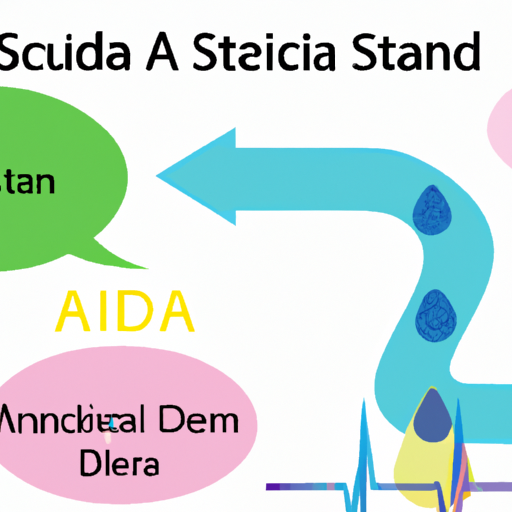Nucleic acid detection is a crucial process in the field of molecular biology and genetics. It involves the identification and analysis of nucleic acids, such as DNA and RNA, to detect the presence of specific genetic sequences or mutations. This process is essential for various applications, including disease diagnosis, genetic testing, and forensic analysis.

The mainstream nucleic acid detection special audio recording production process involves several key steps, from scriptwriting and recording to editing and final production. In this article, we will explore each of these steps in detail, highlighting the importance of audio recordings in the field of nucleic acid detection.
Scriptwriting
The first step in the audio recording production process is scriptwriting. A well-written script is essential for creating an informative and engaging audio recording that effectively guides users through the nucleic acid detection process. The script should be clear, concise, and easy to follow, with detailed instructions on each step of the procedure.
When writing the script, it is important to consider the target audience and their level of expertise in nucleic acid detection. The language should be simple and straightforward, avoiding technical jargon and complex terminology. The script should also include relevant background information on nucleic acid detection, as well as safety precautions and troubleshooting tips.
Recording
Once the script is finalized, the next step is recording. High-quality audio recording equipment is essential for producing clear and professional audio recordings. The recording should be done in a quiet environment to minimize background noise and ensure the clarity of the instructions.
The narrator should have a clear and articulate voice, with good pronunciation and enunciation. It is important to speak at a moderate pace, allowing users to follow along easily. The recording should also include pauses between instructions, allowing users to pause and resume as needed.
Editing
After the recording is complete, the next step is editing. Editing involves removing any mistakes or inconsistencies in the recording, as well as adding music or sound effects to enhance the audio quality. The audio recording should be edited to ensure a smooth and seamless flow of instructions, with clear transitions between each step of the nucleic acid detection process.
Final Production
The final step in the audio recording production process is final production. This involves combining the edited audio recording with any visual aids, such as diagrams or animations, to create a comprehensive guide for nucleic acid detection. The final production should be reviewed for accuracy and clarity, ensuring that users can easily follow along and complete the nucleic acid detection process successfully.
In conclusion, the mainstream nucleic acid detection special audio recording production process is a crucial component of modern molecular biology and genetics research. These audio recordings provide valuable guidance and instruction for researchers and technicians, helping them to accurately detect and analyze nucleic acids for various applications. By following the steps outlined in this article, producers can create high-quality audio recordings that enhance the efficiency and accuracy of nucleic acid detection processes.





